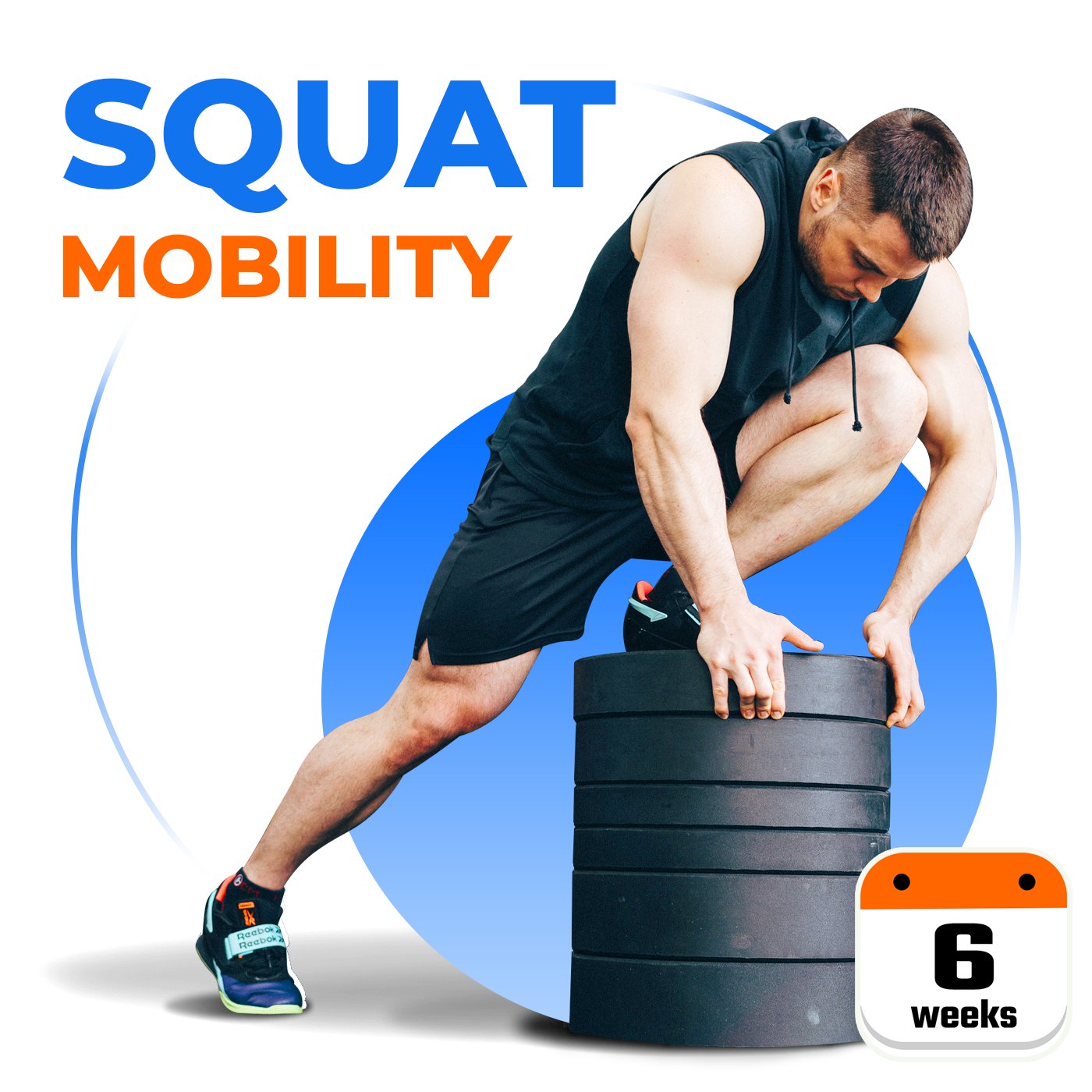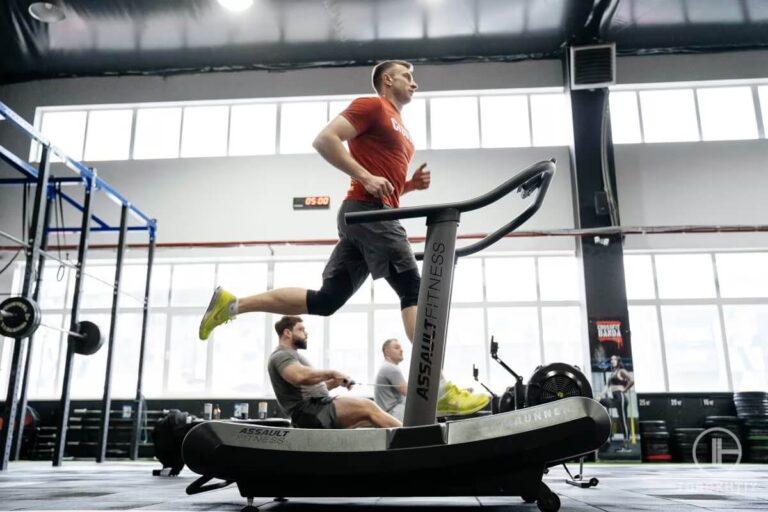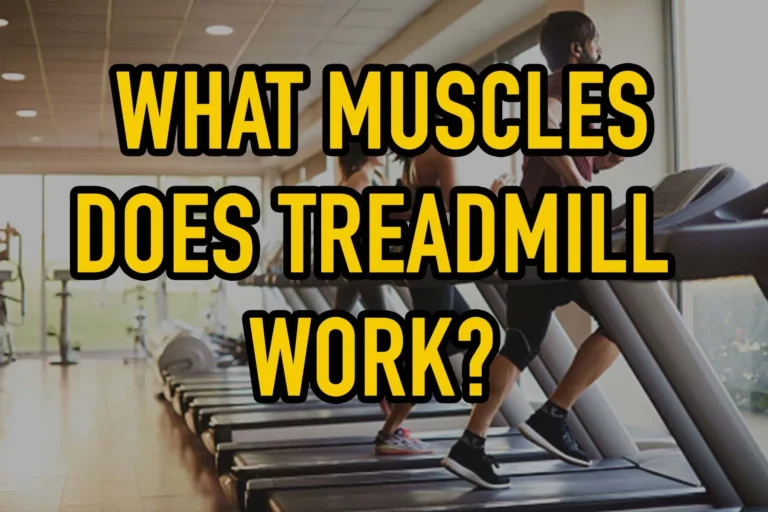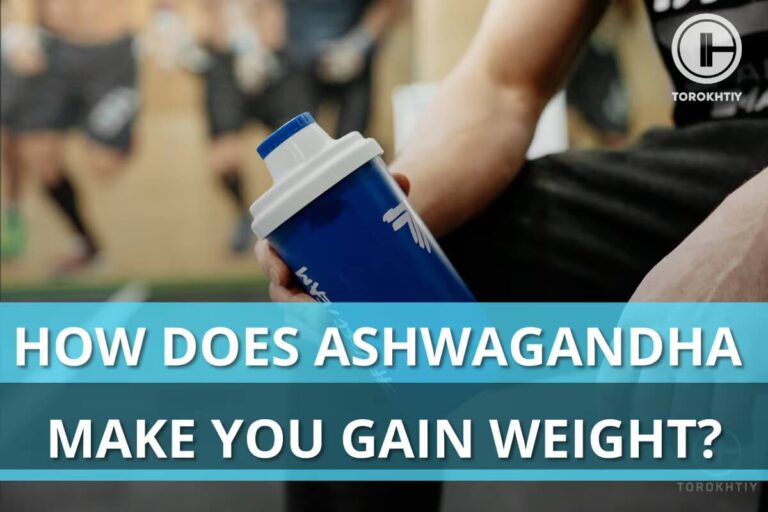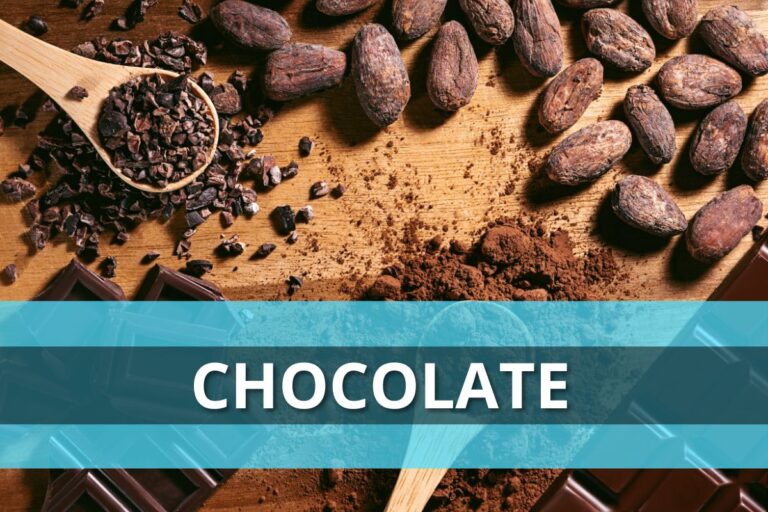Split Squats For Weightlifters
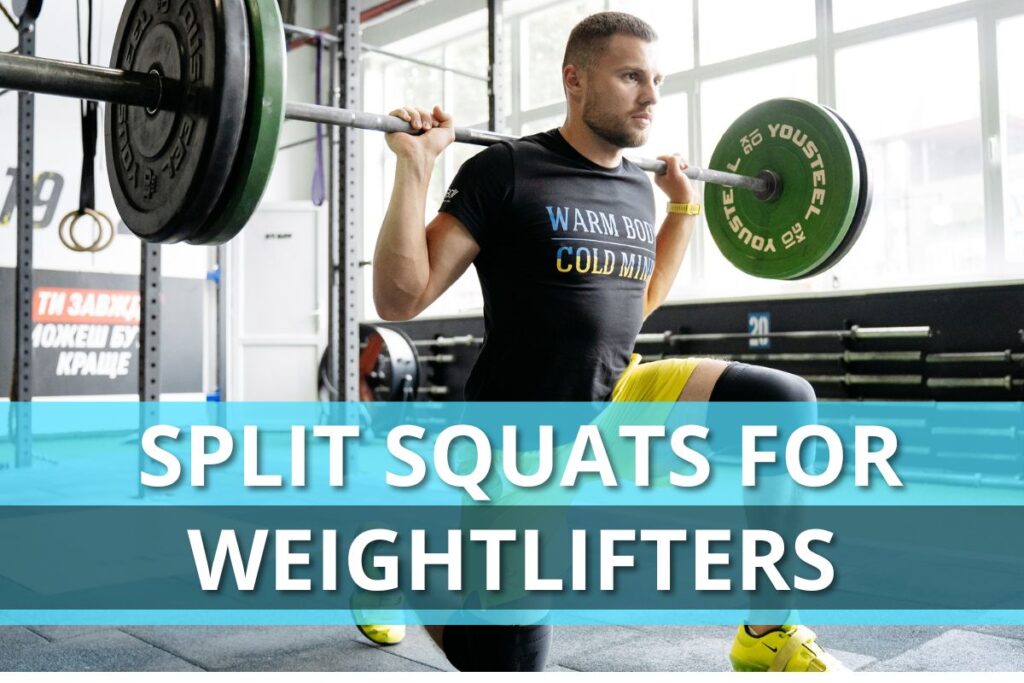
To progress safely in competitive exercises, an athlete’s training program must be balanced both in terms of load and in the ratio and availability of preparatory exercises. In this article we will discuss the most popular not only in weightlifting, but also in other sports, as well as in the fitness industry – split squats.
It doesn’t matter if you are a professional weightlifter or a nice girl who wants to tone your butt the first thing I want to draw your attention to is the way of finding and accepting the starting position. I write about this because I have heard information from both coaches and read blogs in the style of: “take a step back and forth and look for a comfortable position by trial and error, start squatting and you may want to move a little to the right or left your foot “. In order not to make unnecessary movements – watch this video, here you will find the answer to how to find your individual correct position for split squats.
Also, 2 more life hacks will help you to take a rational position: in this I pay attention to the feet width, and in this post highlight the position of the toes of the back leg – this is an important nuance that affects both the correct load distribution on the knee joints and rotation of the pelvis and torso as a whole.
Squats differ from lunges in that the athlete does not make any forward or backward movements and there is no phase of flight and shock contact in the movement. As in squats, the main load is on the gluteal, adductors and quadriceps muscles. The hamstrings are also involved, but to a much lesser extent.
In bodybuilding and other sports there are variations of split squats with a forward torso angle, also with a shin angle , Bulgarian squats are very popular. Handling of these variations affects the amplitude of movement and the level of activation of muscle groups in different ways.
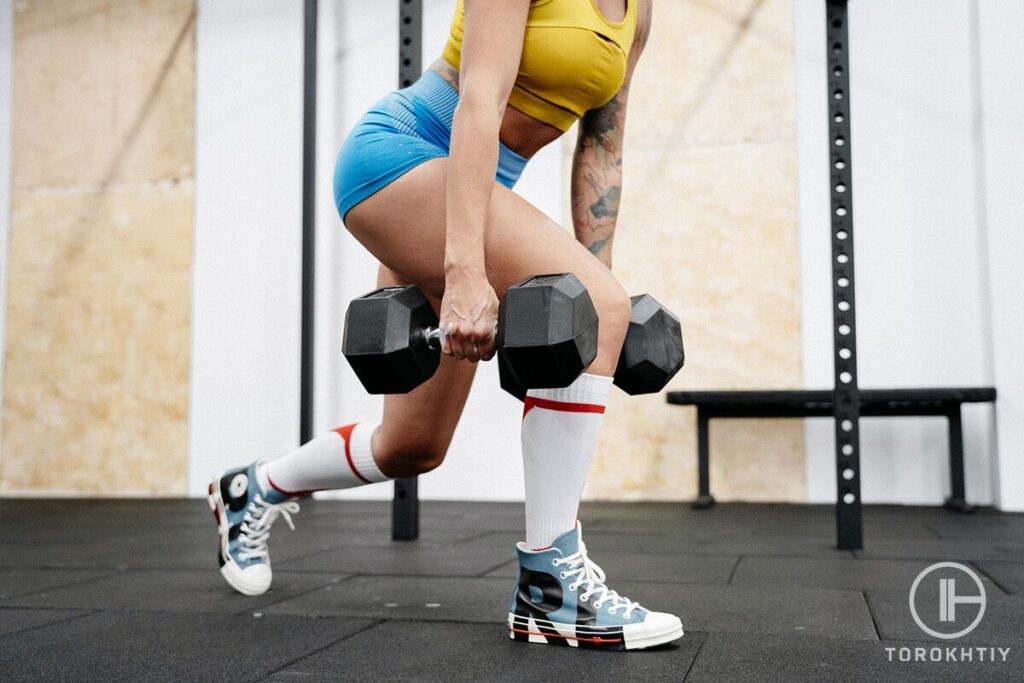
In weightlifting, this exercise is traditionally performed with a barbell on the shoulders, the athlete’s torso and its movement is strictly vertical, the load is evenly distributed on both legs. A similar mechanics of movement can most often be observed in functional fitness athletes, but they try to perform squats as low as possible with the knee touching the floor, in contrast to the training of weightlifters. When my coach explained us this exercise, he explained that the depth of squatting in the “split” should be such that at the lower point between the platform and the knee of the back leg there is a distance in the fist. This is exactly what we did when we learned split squats: one athlete performed an exercise, and the other, with the help of his fist, helped to understand and feel the optimal amplitude of movement.
As for the load and safety, my personal opinion is: this exercise is the safest compared to dynamic lunges, but nevertheless I do it more often 1-2 times a week. As for the working weight, I often hear the question: “Is it worth trying to actively progress in this exercise to the weights that you seek to jerk?. When I was an active athlete, I saw weightlifters perform huge loads in split squats and squat 3-6 times with weights close to 70-80% of their C&J, but I am NOT a supporter of this technique. My opinion is that this is an auxiliary exercise that should be used in both the transition and preparatory period, but the load should be selected so that the athlete can comfortably perform from 4 to 8-10 reps on each side for 3-4 sets.
🔻SQUAT MOBILITY PROGRAM
Unlock Your Squat Potential!
- ⚙️ Boost Flexibility
- 💪 Master Deep Squats
- 🏋️ Excel in Olympic Lifts
- 🏆 Achieve Personal Bests
Perfect for all levels! Join now and enjoy:
- 🔹 60+ Visual Exercises
- 🔹 6-Week Transformation
- 🔹 Progress Tracking
- 🔹 One-Time Payment
Don’t let mobility limit your gains. Invest in yourself today! 💥💪
Split squats – a must have exercise in the arsenal of all beginners without exception. If the athlete chooses a split jerk, then he continues to actively use this exercise in his training program. Sessions with split squats perfectly help to strengthen the split jerk and work out the problematic parts of the exercise. More useful information on this topic – here.
If an experienced athlete uses a power jerk, then this exercise is mainly used in the transition period for variety and quite fragmentary in the period of basic training.
You might be interested in:
Why Trust Us?
With over 20 years in Olympic Weightlifting, our team does its best to provide the audience with ultimate support and meet the needs and requirements of advanced athletes and professional lifters, as well as people who strive to open new opportunities and develop their physical capabilities with us.
By trusting the recommendations of our certified experts in coaching, nutrition, dietology, and sports training programming, as well as scientific consultants, and physiotherapists, we provide you with thorough, well-considered, and scientifically proven content. All the information given in the articles concerning workout programming, separate exercises, and athletic performance, in general, is based on verified data. We ensure that you can rely on our professionals’ pieces of advice and recommendations that can be treated as personalized ones which will benefit you and fully meet your needs.
The product testing process is described in more detail here
Author: Sergii Putsov
Head of Sport Science, PhD
Best Results: Snatch – 165 kg,
C&J – 200 kg
Sergii Putsov, Ph.D., is a former professional weightlifter and National team member, achieving multiple medals in the 94 kg weight category at national competitions. With a Master’s degree in “Olympic & Professional Sport Training” and a Sport Science Ph.D. from the International Olympic Academy, Greece, Sergii now leads as the Head of Sport Science. He specializes in designing training programs, writing insightful blog articles, providing live commentary at international weightlifting events, and conducting educational seminars worldwide alongside Olympic weightlifting expert Oleksiy Torokhtiy.

